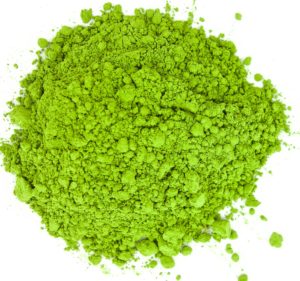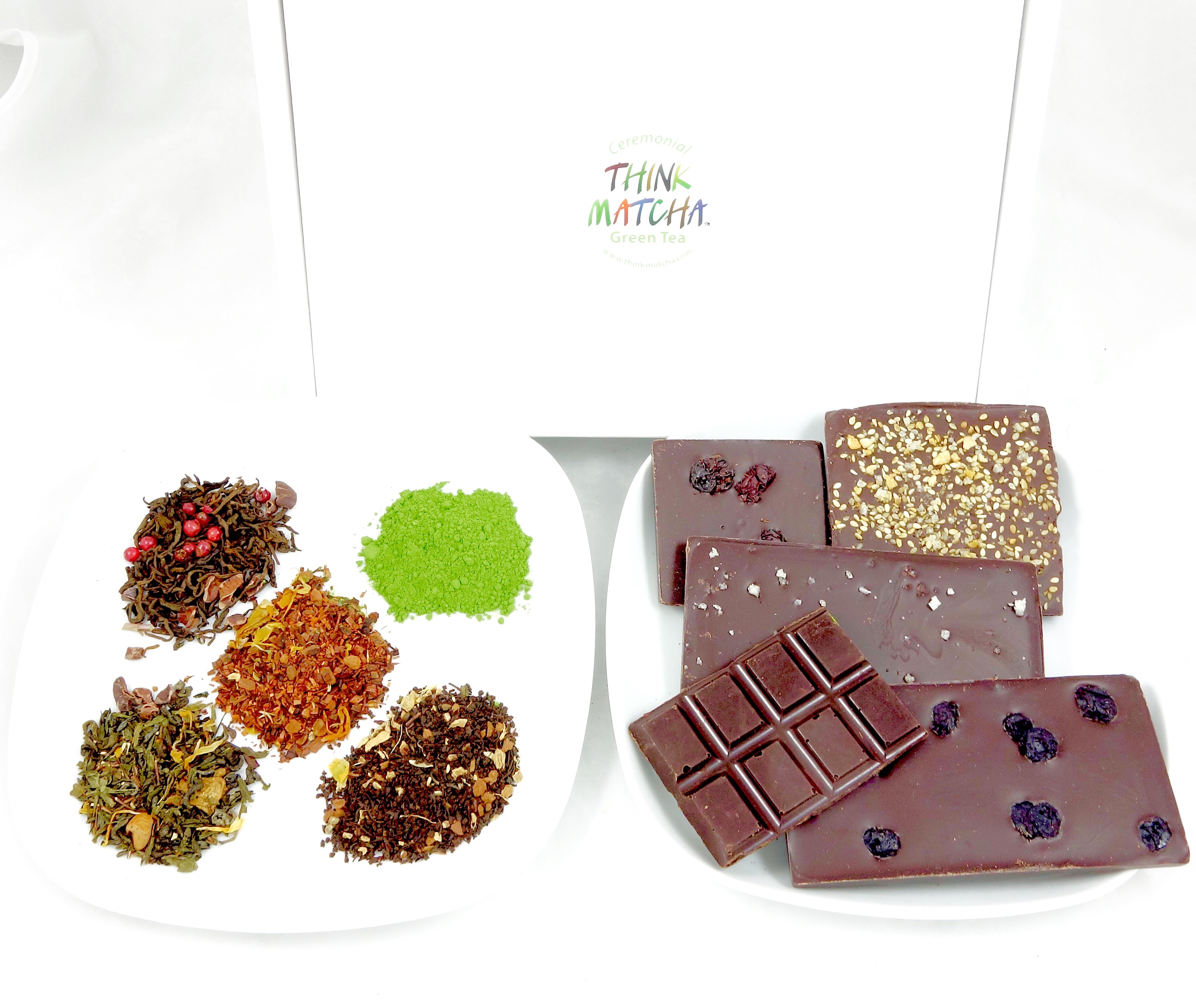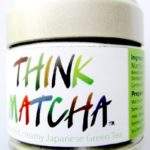Buying Matcha: A Professional Tea Buyer’s Perspective

Our Matcha Decaf Green Tea
When we talk about tea, several words come to mind. Words like steep, brew, hot, or iced, but do we ever think of specific teas right away?
There are different grades of teas, which are not known by… the general public. What we would like to do is bring a professional tea buyer’s perspective to the consumer of one tea in specific: matcha. We want to give customers knowledge of how to purchase and store matcha correctly, so they can better enjoy their tea. The conundrum is that many people, even some tea experts, don’t know much about matcha, where to buy it, how to store it, and its myriad of uses.
So how can you get your hands on some quality matcha? It can be tricky because if you are like some shoppers, you might pick up the first thing you see, and when you drink it, you realize there’s added sugar. Truthfully, most people don’t know how to obtain quality Matcha, and even tea stores sometimes sell low-grade Matcha. Selecting a good matcha requires a different knowledge base than selecting loose leaf or bagged teas. Matcha is a lot like shopping for a good wine—the more you know about the product, the better the experience.
A recent acquaintance (a tea buyer) of mine told me a story from several years ago. He went to a local tea seller that was purchased by a larger company. That store is now a chain. The objective was to discover what the store knew about matcha tea preparation, storage, quality, and how easily the average tea consumer could purchase various types of matcha. He was told by the manager that they were given matcha to use for customer samples by their corporate owners. Of course, it was mixed with sugar. There are several reasons why a corporate company might want to supply matcha mix to their store rather than real matcha. Since matcha is expensive (typically $20 or more for 40 grams), it’s much cheaper to use the mix. The corporate company decision-makers probably didn’t know the differences in the quality of matcha tea because they had never sold premium matcha before.
Thankfully, due to experienced tea drinkers’ complaints about the taste of the mix, the local tea supplier successfully received permission from corporate to serve real matcha for a pricey $5 a cup.
I understand how difficult it is to find matcha to purchase, and how often tea suppliers lack the proper knowledge to sell quality matcha to consumers. If you want quality Matcha, here are some questions you should ask yourself prior to purchasing.
1) Will I cook with matcha or drink it with water or a beverage?
For cooking or in a mixed sweet beverage, typically, you use a less expensive, lower grade form. Due to the lower quality grade, its flavor is more astringent. From a culinary perspective, matcha at this grade is used in certain dishes and beverages to illuminate a multitude of flavors, much like the use of lemons.
If you want to drink matcha with water, then you should look for a more expensive, higher-grade form. Higher grades naturally have a smooth and slightly sweet finish because younger leaves from the top of the tea plant are used.
2) Should I buy tea from a local tea shop or online?
At a local retail tea shop, you can speak to the staff, ask questions about their tea, or sample it. However, an online store may be cheaper and store their tea better. Pick a site with a customer service option.
3) How do I tell the difference in matcha grade levels?
Low grade matcha is recognized by a dull green with brown or yellow tints. The pale green color indicates the tea possibly contains stems and branches, or that it’s not fresh. Poor storage of matcha can also cause discoloration. If you notice these visual cues, it will probably not have its desired finish. Properly stored high grades are vibrant, emerald electric-green, and will smell slightly sweet.
4) How do I store matcha so it stays fresh?
To increase shelf life, it’s important to refrigerate or freeze it (before and after opened), in an airtight container, like a canning jar. You should also check the date stamped on the tin or pouch before purchasing. It will typically last 6 to 7 months from the time it is packaged, provided it is properly stored coming from the grower. Like wine, temperature control and vacuum sealing are imperative to extending your tea’s longevity.
5) What other questions should I ask myself or a retail shop before purchasing?
Matcha is shipped from Japan, so it already has lost some of its shelf life. Ask the shop/site about their storage process. Examine the tea’s color and smell. What country and region does it come from? Ask for a taste to check astringency levels.
These days consumers are diligent about reading food labels, so why not learn more about growing conditions? I recommend asking a tea store to see a copy of the grower’s soil or plant testing reports. They will provide you with a snapshot of a tea’s environmental purity.
To produce a good premium matcha, the soil must be nourished properly, particularly in its final shaded stage of the growing process. Some pure organic fertilizers derived from fish meal may not be rich enough in nitrogen to produce a high grade premium matcha. What you may notice with organic matcha is a less bold or flatter taste.
Be careful about paying more for an organic matcha. You shouldn’t have to pay extremely high prices for it just because it’s organic. It won’t necessarily be the highest grade tea product, even though it might be considered as such.
If you ask yourself these questions before you purchase matcha, then it will prepare you for a delicate process of finding, purchasing, and storing your tea. By Think Matcha


